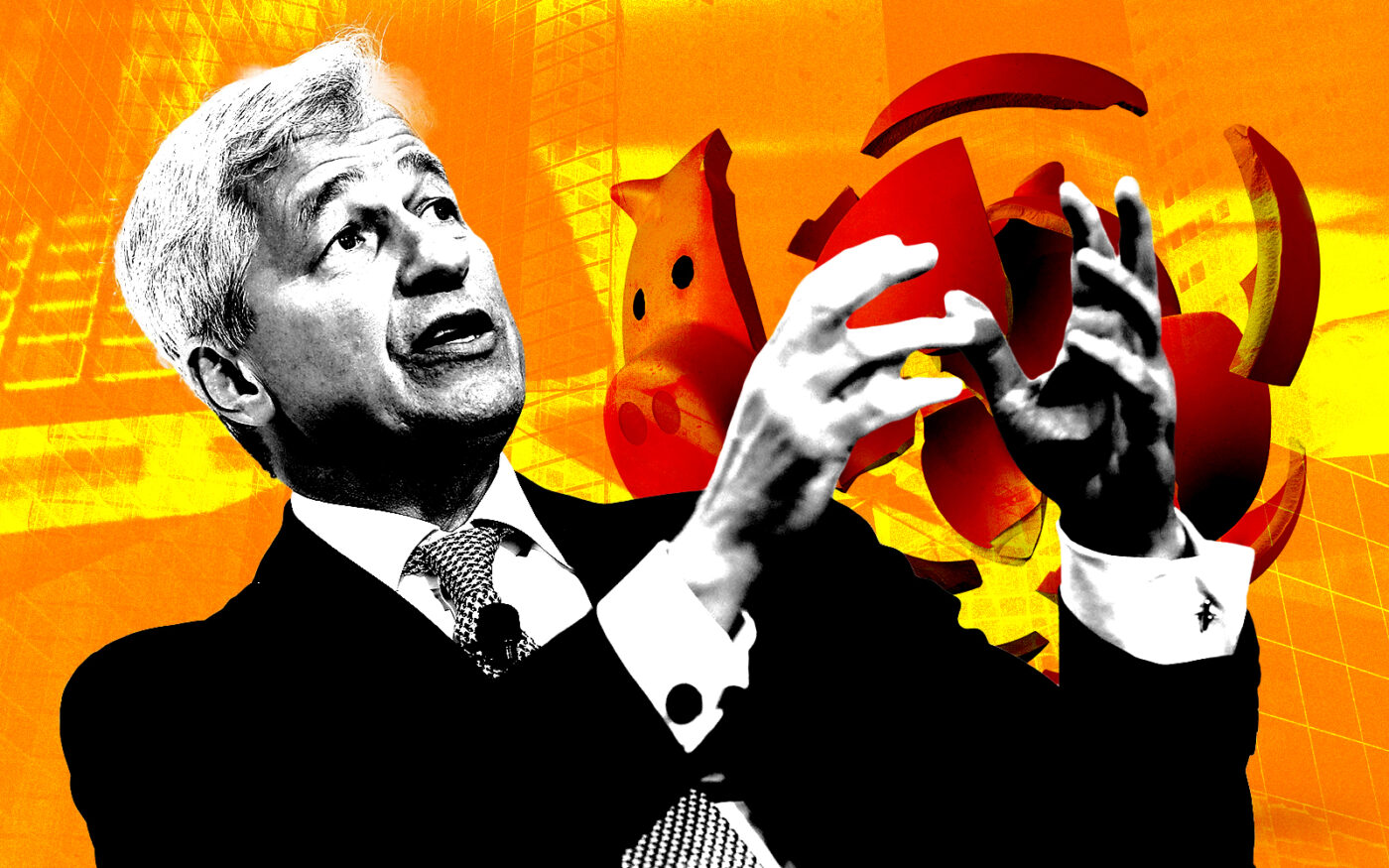Trending
First Republic’s cut-rate mortgage program likely dead
New owner JPMorgan Chase mum, but borrowers forced to re-apply

First Republic’s collapse earlier this week appears to have ended the bank’s Eagle Community Home Loan Program, which provided low-cost mortgages to buyers who needed them most.
Its slow-motion death started causing headaches for Compass broker Barbara Ann Rogers even before the bank’s seizure by the Federal Deposit Insurance Corporation and sale to JPMorgan Chase on Monday.
A buyer signed a contract March 23 for a home listed by Rogers, pending a commitment letter from First Republic for an Eagle loan. The bank hesitated, extending its 30-day deliberation period to 45 days, then backed out — blaming an eight-year-old construction injury lawsuit despite having approved a loan at the same property in January.
“It was clearly First Republic trying to get out of these loans because no one wants them,” said Rogers, who is based in Brooklyn. “No one wants to buy a portfolio of 30-year fixed mortgages at 3.25 percent.”
The average rate for such loans in the U.S. is now about 6.5 percent. Banks often bundle and sell the mortgage loans they originate, either to government-sponsored entities or to private investors. The more generous the terms, the harder the loans are to sell.
Rogers had three other deals with pre-approvals for mortgages under the program, which incentivized homebuying in certain census tracts by offering below market mortgage rates.
With the takeover by JPMorgan Chase, all of those buyers will have to apply for new mortgages.
“They’ve been told they cannot expect the same kind of rate treatment,” said Rogers. “My understanding is that it is finished.”
Nationally, First Republic underwrote over 10,000 Eagle loans from the program’s inception in 2015 through 2021. The loans totaled over $4.6 billion and 55 percent of borrowers were nonwhite, according to the Corporate Responsibility Report. Loan originations grew each year, reaching more than $950 million in 2021.
First Republic’s collapse set off a week of confusion for brokers about the program’s status, which according to the bank’s 2021 Corporate Responsibility Report was designed to “help those in historically underserved communities — those who are African American / Black, Hispanic/Latino/Asians and/or [low-to-moderate income] — become homeowners.”
Buyers of all income levels could qualify if the mortgage were under $1.4 million and at a one- to four-unit, owner-occupied property. The program also waived some closing costs.
Brokers seeking clarity last week on the program’s status were met with confusion when they reached out to their relationship managers at First Republic, who themselves didn’t know its fate.
The situation remains murky. The Eagle Loan program’s website remains up and JPMorgan has not officially called the program dead, but Rogers’ clients were told to re-apply. The advertised mortgage rate is now 6.2 percent, putting it in line with — or even higher than — rates offered at other banks.
“At this time I am unable to provide an answer to your question,” Katie Killip, a spokesperson for JPMorgan Chase, said when asked about the Eagle Loan program’s fate. “I will let you know when the information becomes available.”
The impact of the program’s disappearance on New York City’s market remains unclear. First Republic didn’t publish which census tracts it operated in, and the information is not currently available, according to Killip. It also didn’t publish how many deals were done locally.
But the program covered large swaths of Brooklyn, upper Manhattan and Queens, according to brokers and StreetEasy listings.
“Their Eagle Loan program was very, very popular here in Brooklyn,” said Rogers.
Jessica Peters, a Douglas Elliman broker, said she imagines the program’s end “took a good chunk of buyers out of the market.”
The program was particularly useful locally as mortgage rates in general rose over the past year. The Eagle Loan rate was generally about 2 percentage points lower than the average.
“There was a moment where rates hit 7 percent and the Eagle rates were just under 4 percent,” said Mindy Diane Feldman, a Brown Harris Stevens broker. “I remember that spread because I thought it was a mistake. I actually called my contacts at First Republic.”
At other times, Eagle program rates were in line with or even higher than average rates, said Feldman, but usually were better.




